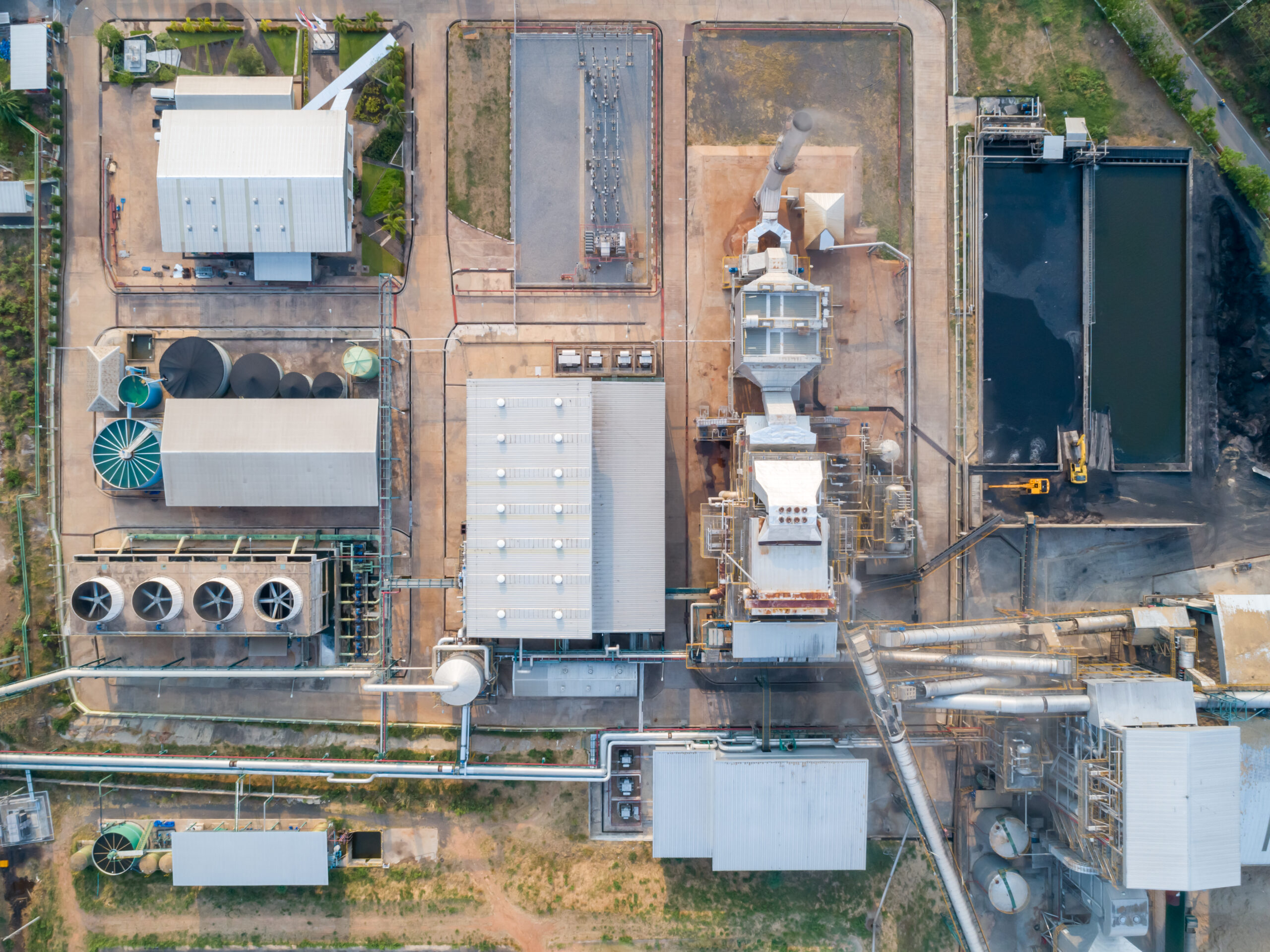The UK capacity market recently delivered another record price. The 65 £/kW/yr clearing price (not far off the 75 £/kW/yr cap) reflects an increasingly tight GB market capacity balance.
Large volumes of thermal assets are retiring, supporting demand for new capacity. Yet the supply volumes of new build capacity are declining, despite record clearing prices.
The only new build technology turning up in scale is lithium-ion batteries. However the capacity contribution of BESS assets is heavily derated given the relatively short duration of storage.
8GW of nominal BESS capacity was successful in the latest auction, increasing the risk of overbuild & revenue cannibalisation. There is now more than 20GW of BESS capacity scheduled to come online by Oct 2027.
Not all of the BESS projects with capacity agreements have raised capital. And there is an increasing volume of BESS projects that are unlikely to come online as planned.
In today’s article we consider the implications of the latest auction results for battery investors and how it may drive major project & platform consolidation. We also look at the key role that peaker & potentially long duration storage investment may play to clear the capacity market going forward.
Competitive dynamics driving high prices
Let’s start with a quick summary of why capacity prices are clearing at such high levels across the last two T-4 auctions before we focus on investment implications.
At the simplest level:
- Large volumes of thermal capacity are closing (across coal, nuclear & older gas units)
- The volume of new build projects entering the capacity market is declining.
This challenge is illustrated in Chart 1, showing the steady decline in prequalified capacity volumes across the last 5 years as capacity demand has remained robust. The result has been a substantial increase in capacity prices (the green line).
Chart 1: Prequalified vs procured capacity volumes & capacity prices in T-4 auctions
Chart 1: Prequalified vs procured capacity volumes & capacity prices in T-4 auctions

Source: National Grid ESO, Timera Energy
To understand how future capacity market balance & prices may evolve it is important to dig into the different technology types competing to provide new supply.
Competitive dynamics across capacity types
One of the most important considerations for investors is how the competitive dynamics, risks & cost structures of different capacity types are evolving. In Table 1 we summarise these for the key technology types that have dominated supply of new build capacity to date.
Table 1: Capacity Market competitive dynamics by technology type
Let’s now focus on the two capacity types that are likely to play the most important role in providing new capacity across the next few years: batteries & gas engines. DSR will also likely play an important role but with supply volume focused on ‘behind the meter’ (BTM) batteries & engines.
Long duration storage is also one key potential future source of new flexible capacity, but we’ll come back to that at the end of the article.
Watch out for BESS overbuild & major consolidation
More than 13GW of nominal BESS capacity has been successful across the last two capacity auctions (5GW in 2026-27 capacity year, 8GW in 2027-28). If all this capacity is delivered it would take total GB BESS capacity to over 20GW by October 2027.
The prospect of more than 15GW of new BESS capacity coming online across a three year period is now a major concern for BESS investors. The projects involved can be broadly split into 3 categories as set out in Table 2.
Table 2: Categorising the GB BESS project pipeline
Projects in category 1 will likely be developed come what may. Projects in category 2 face the additional hurdle of convincing existing debt & equity providers that specific projects warrant FID, despite increasing risks of overbuild. A number of projects in category 3 are likely to struggle to raise capital after the latest auction result and are therefore unlikely to be developed to plan.
The penalties for failing to deliver on capacity market agreements are not trivial (up to 35 £/kW of the project capacity obligation). But penalties are small relative to the total cost of BESS project construction. If developers cannot raise capital to proceed with projects they will need to face the music.
A key question now facing GB BESS investors is how much of this capacity market contracted pipeline will actually get developed across the next 3 years. And whether those projects that don’t will be cancelled or delayed.
It is likely we will see quite an intense period of aggregation & consolidation across GB BESS projects & platforms over the next 2 to 3 years. This should generate substantial value creation opportunities but also significant risks.
We are about to publish a special feature section with a deeper dive analysis of these topics as well as projected actual BESS build in our Q1 GB BESS Report (see details at the bottom of the article if you’re interested in more details).
The role of gas peakers
The combination of overbuild threat and low derating factors for BESS means that gas plants are set to play a key role across the next few capacity auctions.
One of the key challenges facing unabated gas plants is uncertainty over obligations to limit emissions ahead of 2035. New regulations here could place substantial incremental costs on gas plant owners in the form of retrofitting costs (e.g. for CCUS or hydrogen) or run hour & emissions constraints.
Yet by a process of elimination of alternatives, it is likely that gas will need to play a larger role in clearing the capacity market across at least the next 2 to 3 years, either via:
- New build capacity, likely to be largely focused on lower cost & more flexible gas reciprocating engines (with lower cost H2 retrofit potential)
- Incentives to keep existing CCGTs operational e.g. via major maintenance or refurbishments.
Capacity prices at 65 £/kW/year are a major incentive for new gas engines. 15 year inflation indexed contracts that cover a substantial majority of long run marginal costs are likely to bring forward new capacity, even given ESG constraints from many investors.
The ability to support relatively high loan to value ratios in debt financing engine projects with high priced capacity agreements also acts to generate increasingly attractive equity IRRs.
The role that gas plays going forward will to a large extent be determined by the emergence of viable low carbon alternatives. The most important of these in the near term is likely to be long duration storage.
Can long duration storage plug the gap?
Long Duration storage (LDES) is a broad category referring to multiple different technologies (e.g. compressed air, flow batteries, pumped hydro). All of these technologies are either in the earlier stages of evolution or face major resource or cost constraint challenges.
Given these challenges, LDES has not featured to date as a material source of supply in the capacity market. There are three factors that could change this across the next 5 years:
- Introduction of a new GB cap & floor policy support scheme for LDES (currently under consultation)
- High capacity prices & high LDES derating factors supporting attractive 15 year capacity agreements
- Technology evolution, de-risking & cost reductions.
The practical implementation of the cap & floor scheme is set to be the key driver that could kick start LDES investment. We’ll come back to that in an article to follow. But the investment impact of LDES is now a question of when not if.
Timera about to publish Q1 GB BESS report
Things are moving very fast in the GB BESS investment space. In this report, part of our GB BESS subscription service, we set out deeper dive analysis on:
- Drivers of BESS revenue stack reductions across 2023-24
- BESS overbuild risk assessment & actual capacity build across 2024-27
- Our views on opportunities & risks from a major approaching consolidation / aggregation across GB BESS
- Impact of the Open Balancing Platform on BESS revenues
- Full BESS revenue stack analysis including impact of latest T-4 auction
The report is accompanied by our quarterly update Battery Investment Tool which contains full revenue stack analysis & distributions, is highly configurable to value a broad range of BESS sites/locations/dates and allows the user to define a range of value sensitivities.
Feel free to contact our Power Director Steven Coppack (steven.coppack@timera-energy.com) for more details.



